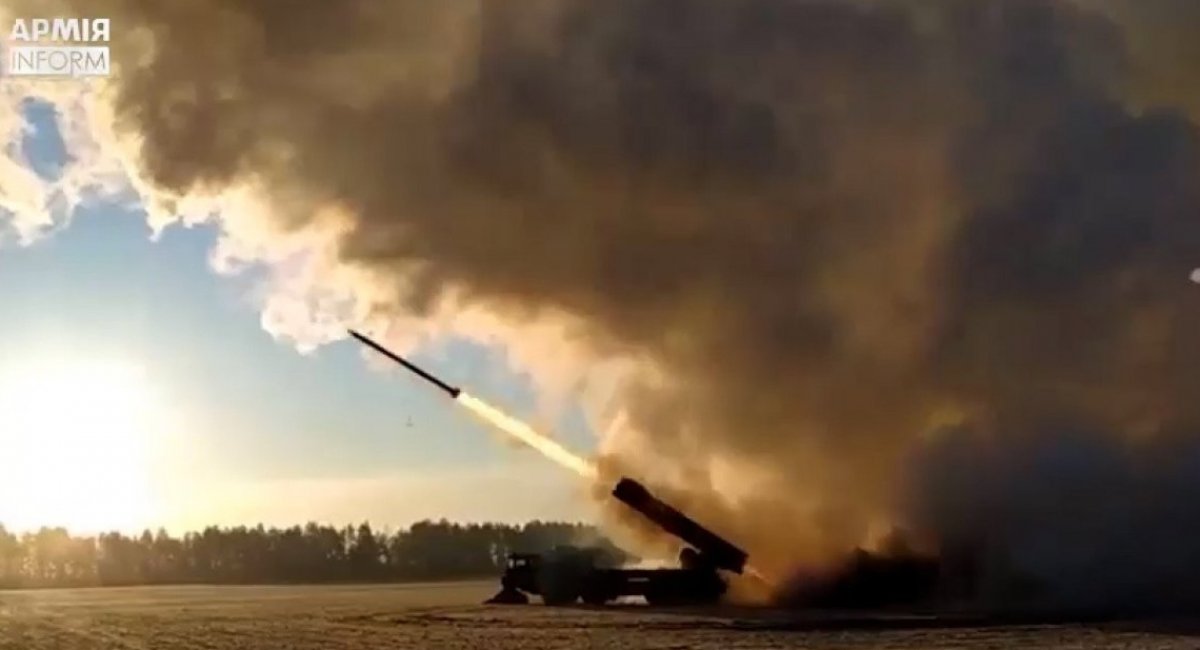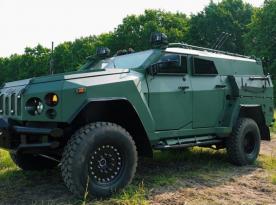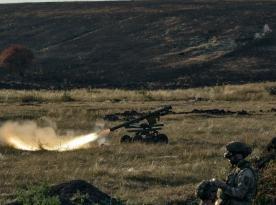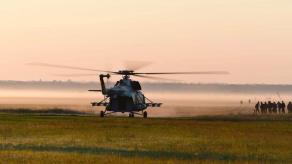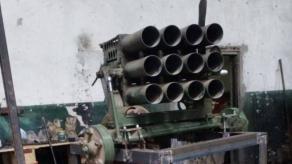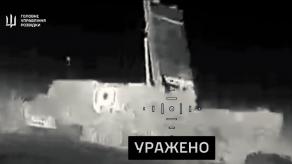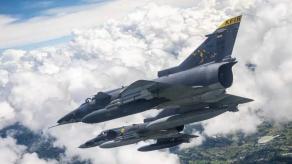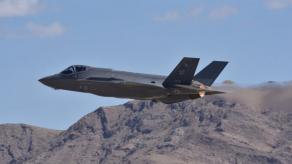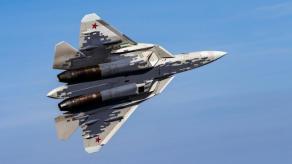For boosting its strike capabilities, Ukraine is working on its own missile systems with ranges of 30–100 kilometers and over 300 kilometers, which are expected to be more effective than the current unmanned attack aerial vehicles.
This assessment was made by the U.S. military analyst Michael Kofman in a recent thread on X. However, he did not specify exactly what types of missile systems he was referring to. It's also important to outline the broader context described in Kofman's material.
Read more: 1261 Days of russia-Ukraine War – russian Casualties in Ukraine
An update on the war following a recent trip. As Russian offensive presume mounts, the front is not at risk of collapse, though salients have formed. More concerning is that Russian improvements in drone employment have reduced Ukraine’s advantages. Long thread. 1/ pic.twitter.com/q1ZGTCP6Ac — Michael Kofman (@KofmanMichael) July 31, 2025
To begin with, Kofman emphasized that the deployment of Unmanned Systems Forces in the Ukrainian military, which started in 2024, has allowed Ukraine to compensate for a chronic shortage of manpower and hold a front line stretching over 1,200 km with minimal infantry density. Due to the dominance of drones on the battlefield, russian troop losses have grown disproportionately to the territory they've managed to seize.
He noted that, given the advantage in manpower and resources that russia holds, their forces are being used so inefficiently that, for example, that Ukraine still maintains control over part of the town of Chasiv Yar despite situation worsening by the day, which Kofman calls a "remarkable" feat. He also highlighted that the timely redeployment of Ukraine's Air Assault Forces helped stabilize the situation in the Sumy direction.
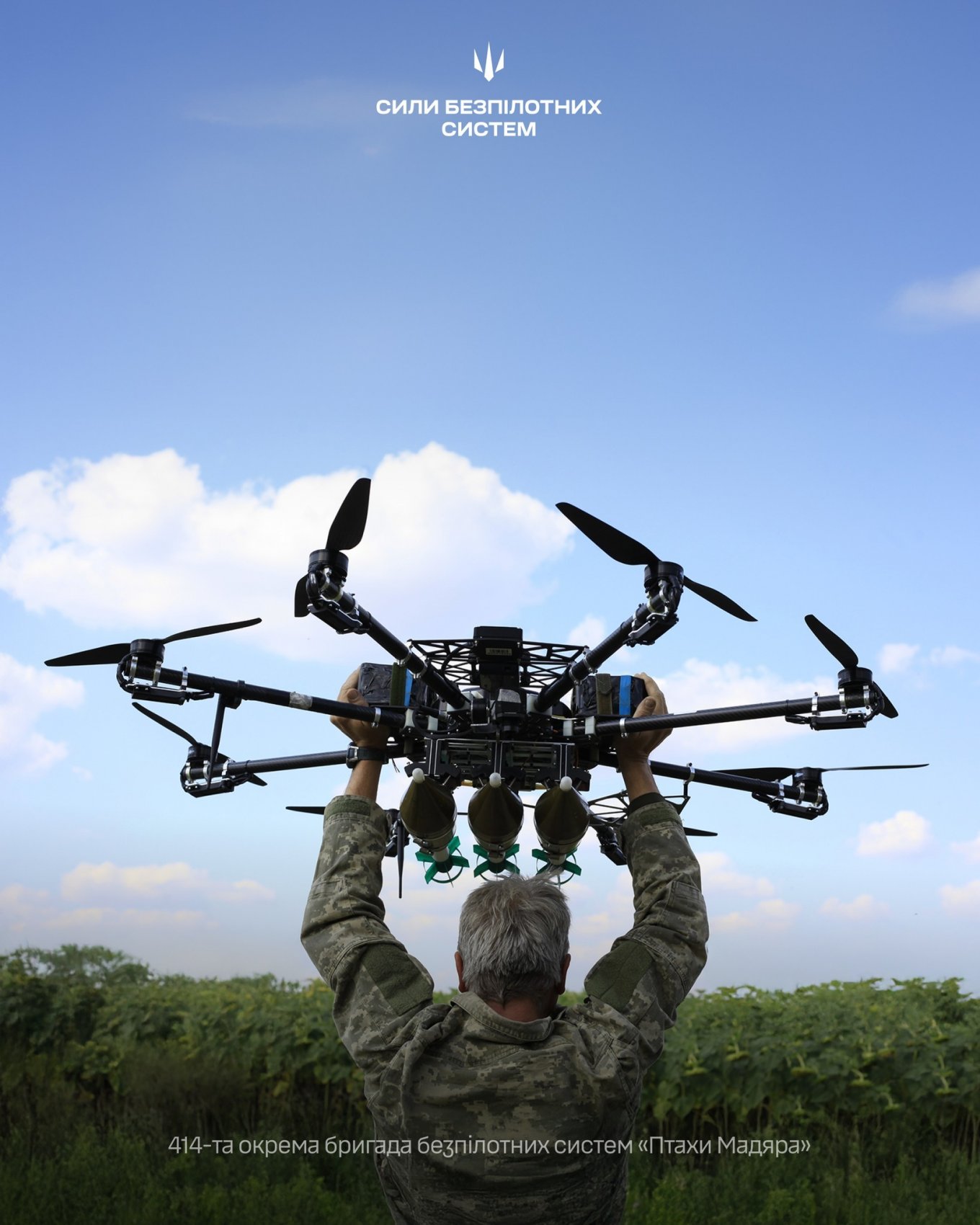
At the same time, russia is conducting a successful operation in the Zaporizhzhia region, aimed at tying down Ukrainian reserves. The russians are also creating threats in Donetsk Oblast not only to Pokrovsk but to Kostiantynivka as well. It's important to note that the current nature of fighting can hardly be described as trench warfare — Ukraine's defensive line has long lost its continuous form and now relies on a network of positions manned by 2–3 soldiers who remain undetectable unless absolutely necessary.
Ukrainian UAVs account for about 80% of all russian losses on the battlefield, although artillery still plays a crucial role. The russian forces have been forced to scale back large armored assaults and now rely on infantry assault groups — often mounted on motorcycles or civilian vehicles.
In response to Ukraine's defensive Drone Line initiative, russia is attempting to counter with an "offensive drone line" of its own, spearheaded by the Rubikon UAV unit, which specializes in fiber-optic drones and electronic warfare systems.
Ukraine still retains a clear qualitative edge in UAV warfare and significantly outperforms russian forces in the area of ground-based unmanned systems. Kofman also expressed the view that the shift in Ukraine's military command structure — from operational-tactical groupings to army corps — could yield necessary improvements. However, implementation is currently complicated by the need to reposition brigades.
Additionally, Defense Express notes that the war has largely lost its positional nature and is now being fought literally over every windbreak, building, or even basement.
Read more: Ukrainian Nemesis Regiment Took Out russian Tank, Howitzer, Truck, and Surveillance System in a Night Assault




